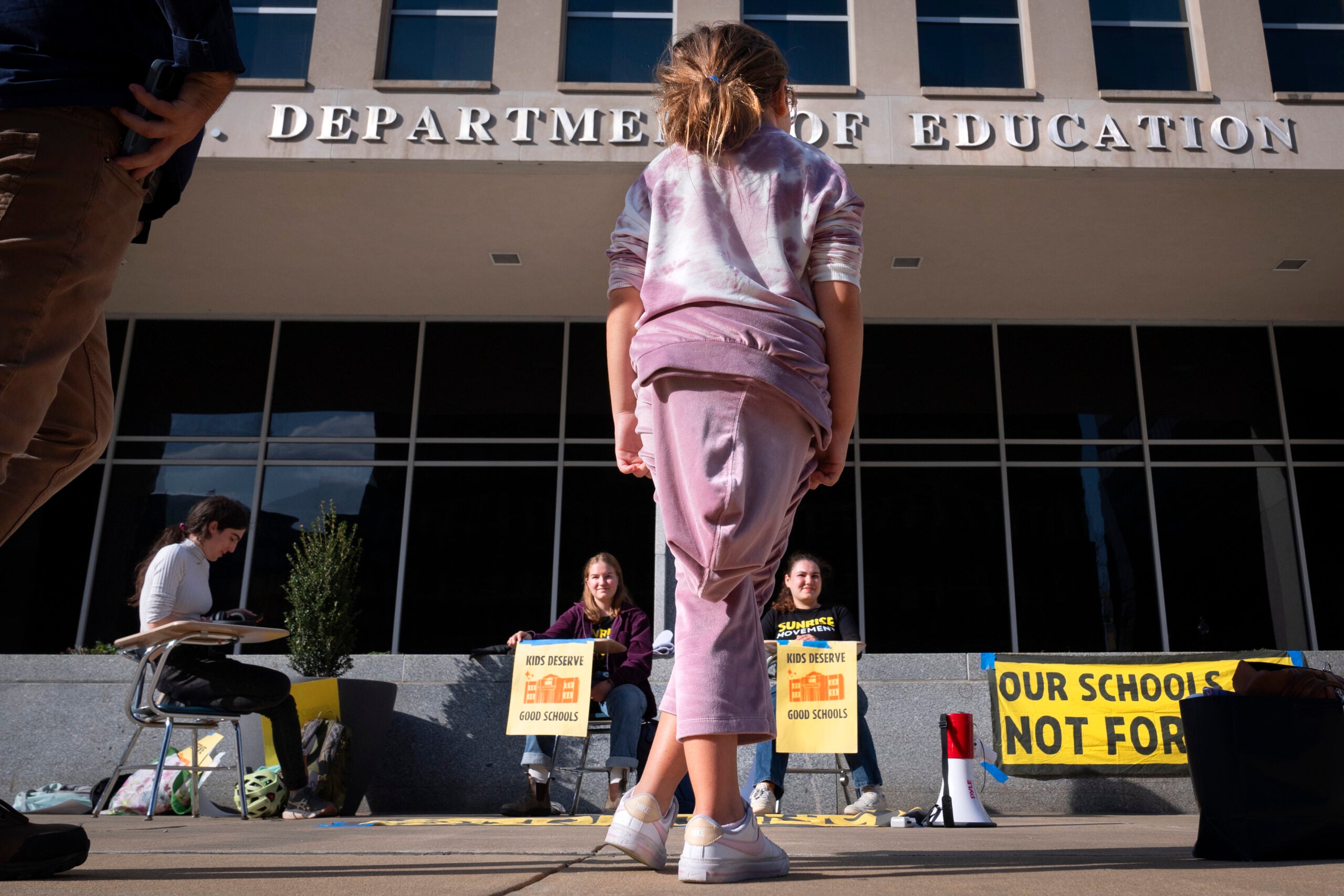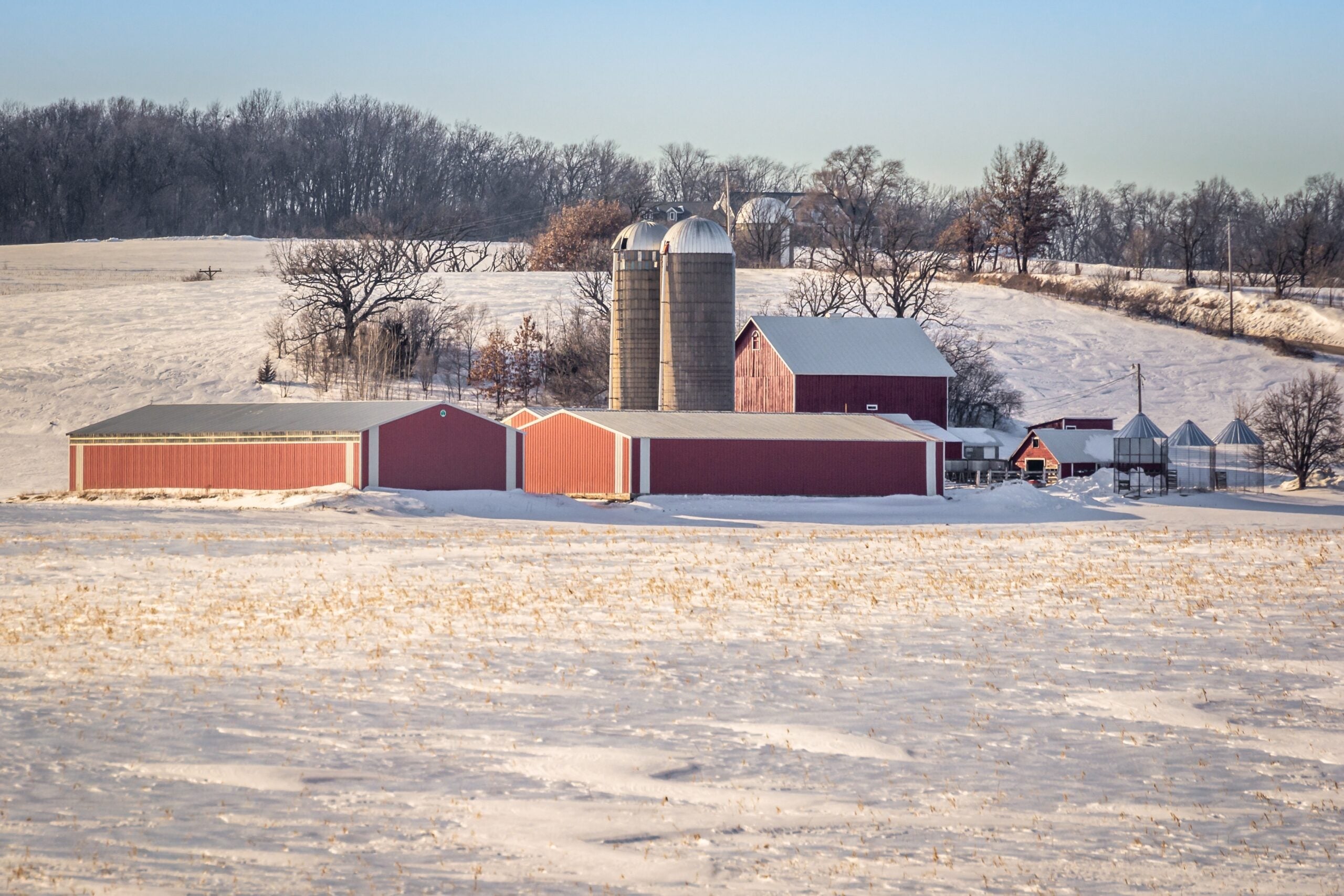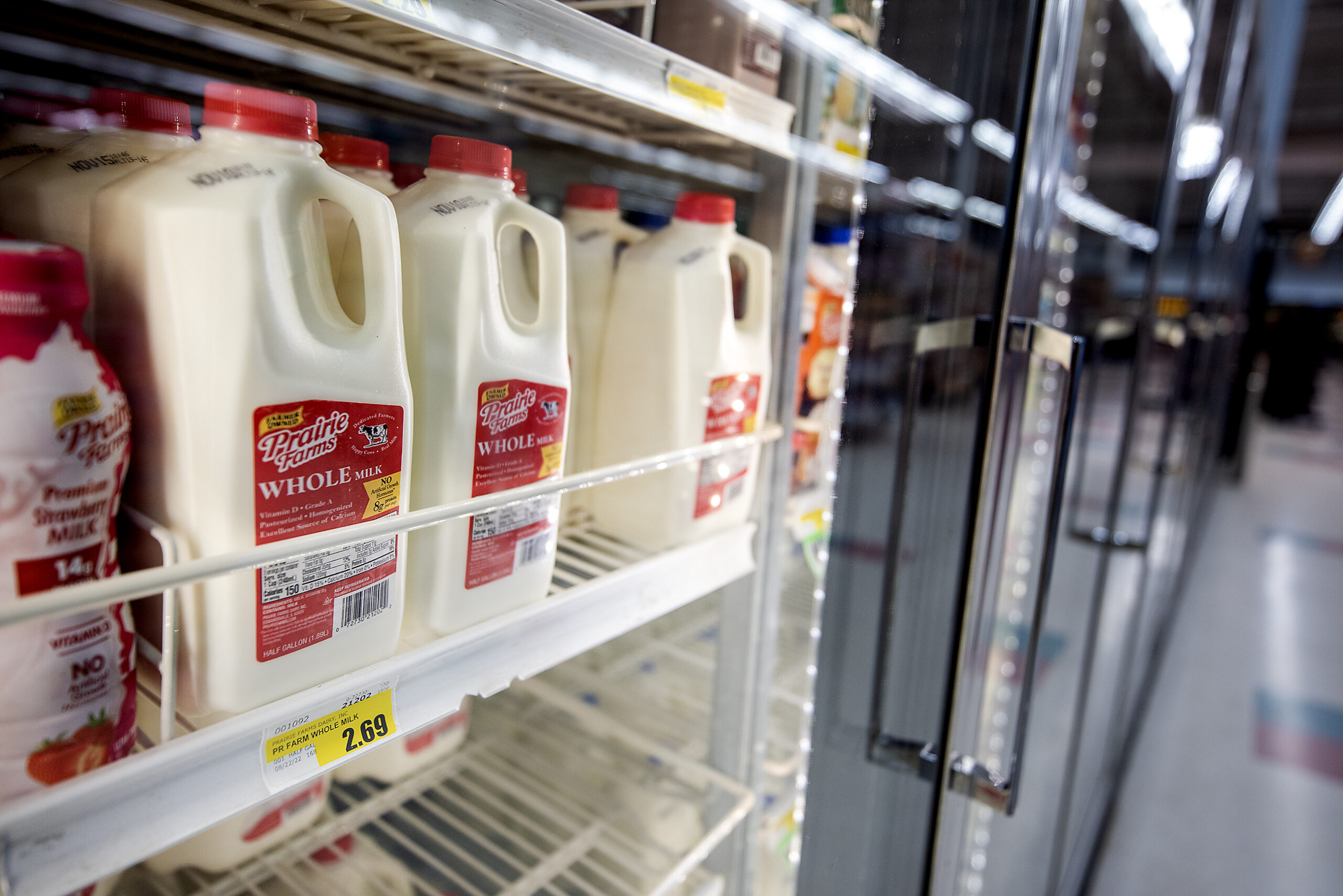For our wallets and the U.S. economy, 2023 was in many ways the year life began to look more like it did before the pandemic.
The American shopping frenzy slowed and credit card debt inched up, while the labor market continued to hum along and unemployment remained near historic lows. Prices continued to climb but at a slower pace, and by year’s end wage growth was outpacing inflation.
How does it all add up? Here are some of the ways our lives got both pricier and cheaper in 2023.
Stay informed on the latest news
Sign up for WPR’s email newsletter.
Breakfast
Supermarket sticker shock eased this year, and some grocery prices are actually declining. Last year’s eye-popping costs of eggs (due to bird flu) and butter (due to lower dairy production) have finally come down. So have coffee and sugar costs. Let them eat cake! (Or at least scrambled eggs.) Frozen orange juice is still expensive, because of weak production in Florida and Brazil, but overall, grocery prices in November were up a modest 1.7% compared to a year ago. The previous year, grocery prices had soared by 12%.
Adulting
Housing costs continued to climb this year, but the worst could be behind us. Mortgage rates, which approached 8% in the fall, eased to an average of 6.67% in recent weeks. The average sales price for a home in November was up 4% from a year ago. Outstanding credit card debt rebounded this year, topping a trillion dollars after falling early in the pandemic. But hey, at least our savings rate is also climbing from rock-bottom levels. And to address that auto insurance price hike: Turns out, premiums are fueled by riskier drivers, natural disasters and costlier car parts.
Trips and entertainment
It’s time to fly! The lower price of gasoline was a major driver of cooling inflation, and falling jet fuel prices helped lower the price of airplane tickets. Restaurant meals are still pricier because of higher costs of both food and wages, but we’re still eating out a ton. Spending at restaurants and bars soared 11.3% in November compared to last year — more than double the increase in menu prices.
Work stuff
This was the year when higher wages finally caught up to and ever-so-slightly outpaced inflation. It was also a year of big strikes and big wins by established unions, although fledgling unions are still battling behemoths like Amazon and Starbucks for recognition. The labor market has shrugged off high-inflation woes and rising interest rates. Millions of people joined or rejoined the workforce this year, but the unemployment rate remains very low at 3.7%. It’s early days, but ChatGPT has yet to take our jobs.
Big picture
While many forecasters expected rising interest rates to tip the U.S. economy into recession this year, we appear to have dodged that bullet. GDP grew at a relatively robust 2.9% in the 12 months ending in September, and it seems on track to keep growing as shoppers are spending through the holidays. Inflation is still higher than the 2% target set by the Federal Reserve. But Fed officials have signaled that they’re probably done raising interest rates and may be ready to start cutting rates in the coming year. The prospect of lower borrowing costs cheered investors, pushing the stock market to near-record highs.
Methodology
Calculations rely on the latest data. Most compared November 2023 to November 2022. Credit card debt, student loan debt and unfair labor practices filings are from September, compared to a year earlier. S&P 500 and the dollar data are from Dec. 26, compared with a year earlier. The dollar value is measured against a basket of currencies using the U.S. Dollar Index.
Sources:
- Bureau of Labor Statistics (Consumer Price Index, employment, wage growth, job openings, productivity)
- Federal Reserve Bank of New York (household debt and credit report)
- Bureau of Economic Analysis (GDP)
- Zillow (rent)
- National Association of Realtors (existing home sales and median sales price)
- National Labor Relations Board (unfair labor practices filings)
- Challenger, Gray & Christmas (job cuts)
9(MDAyMjQ1NTA4MDEyMjU5MTk3OTdlZmMzMQ004))
© Copyright 2025 by NPR. To see more, visit https://www.npr.org.9(MDAyMjQ1NTA4MDEyMjU5MTk3OTdlZmMzMQ004))




